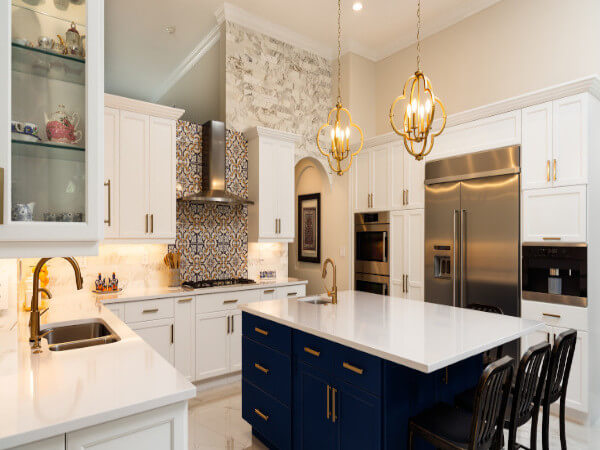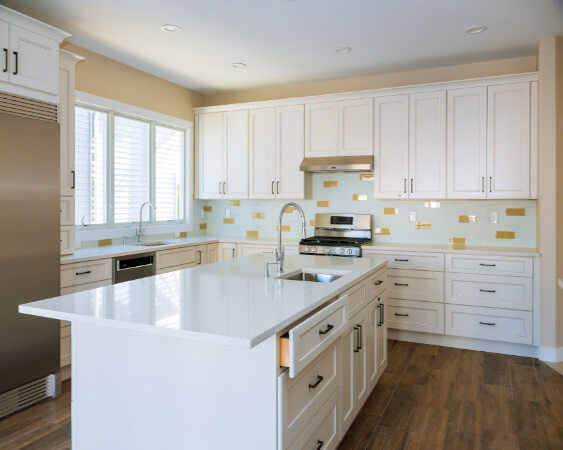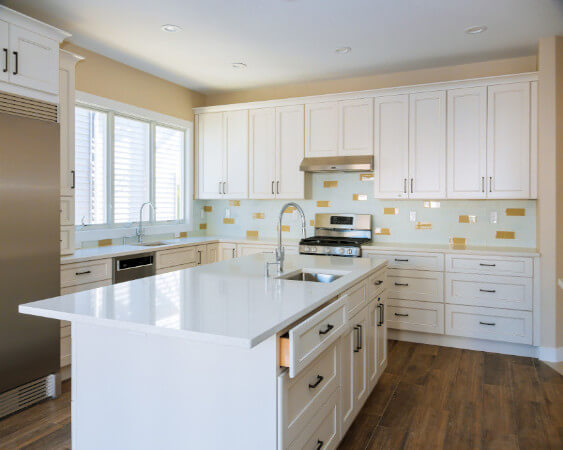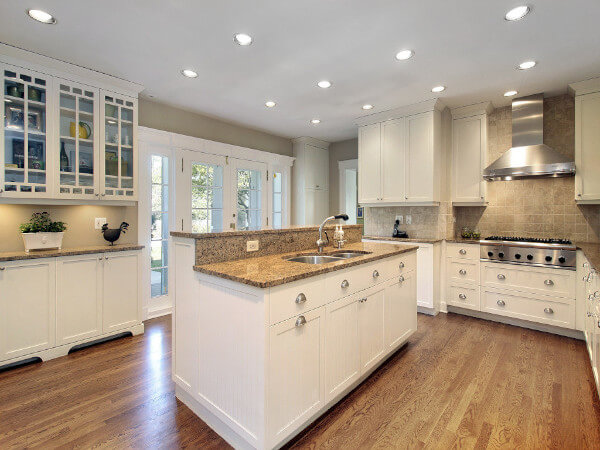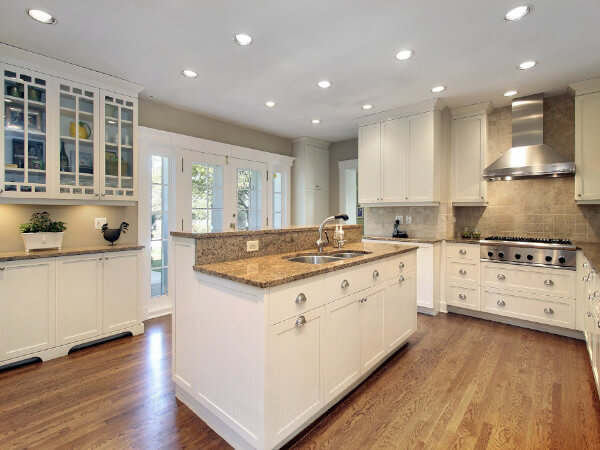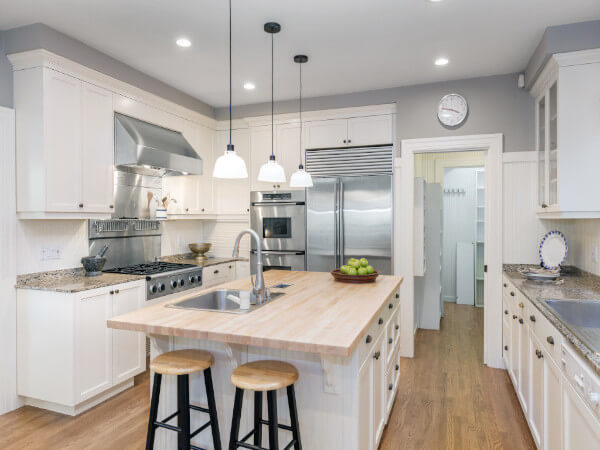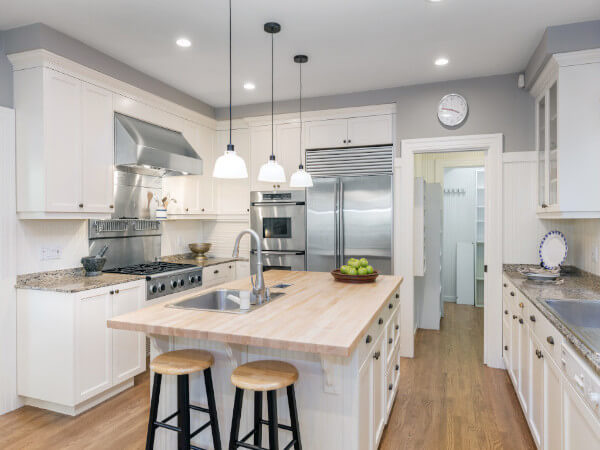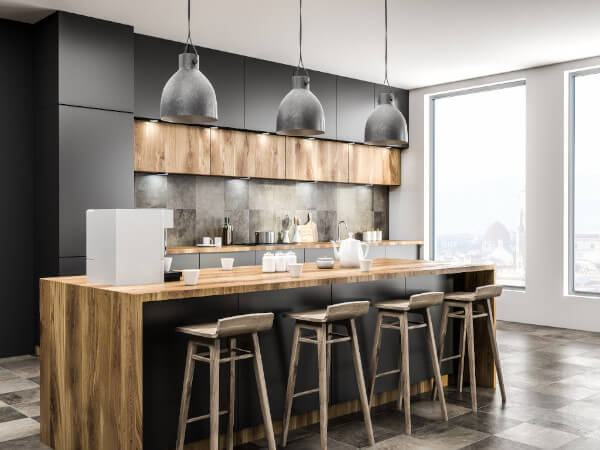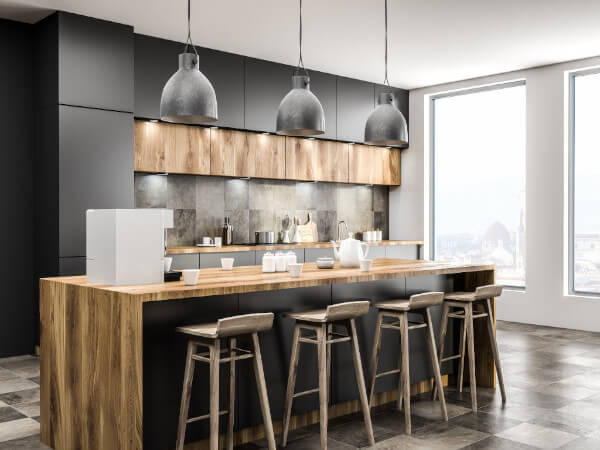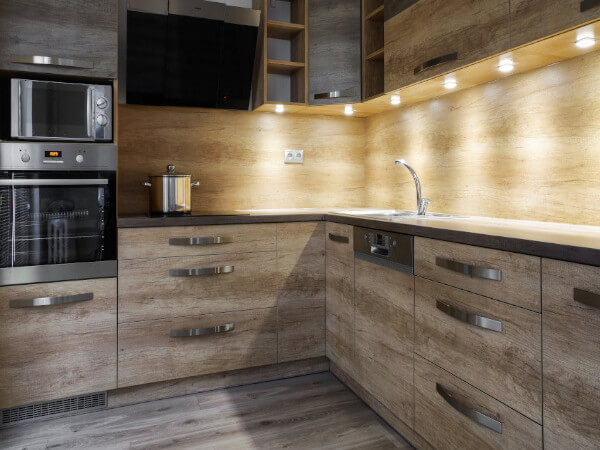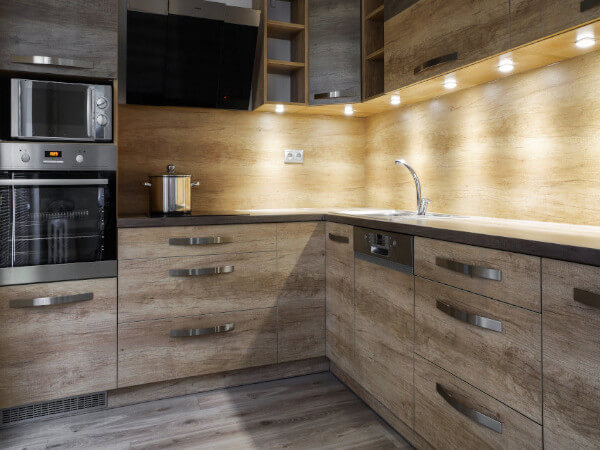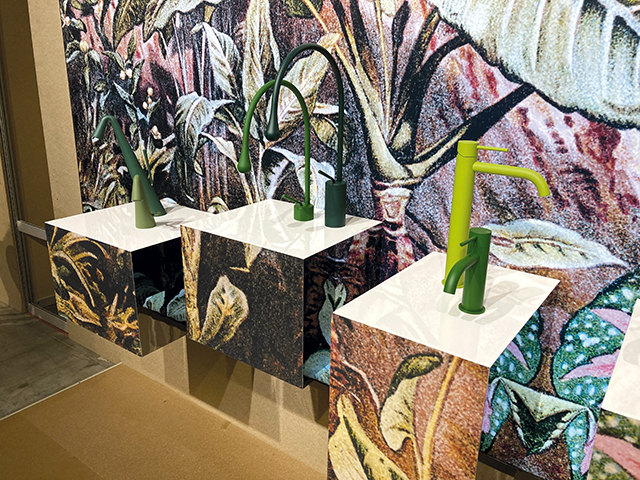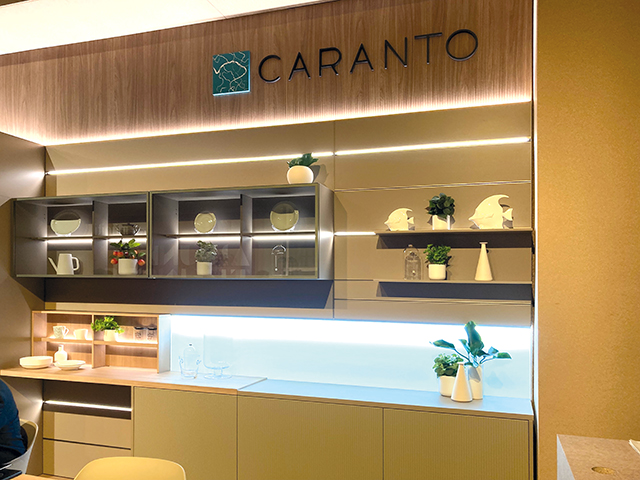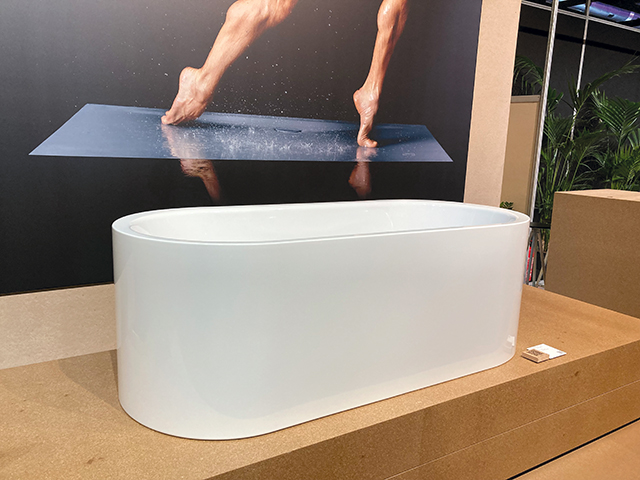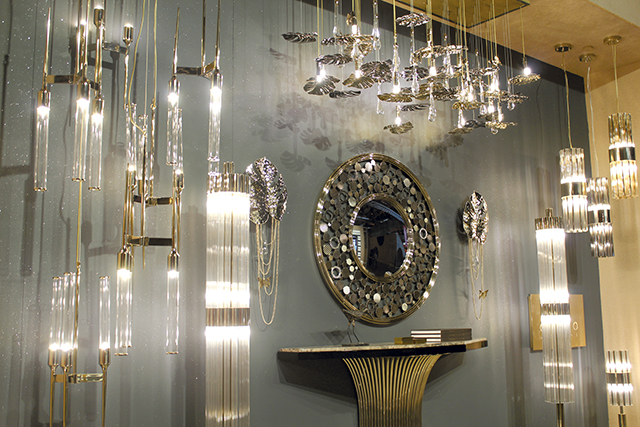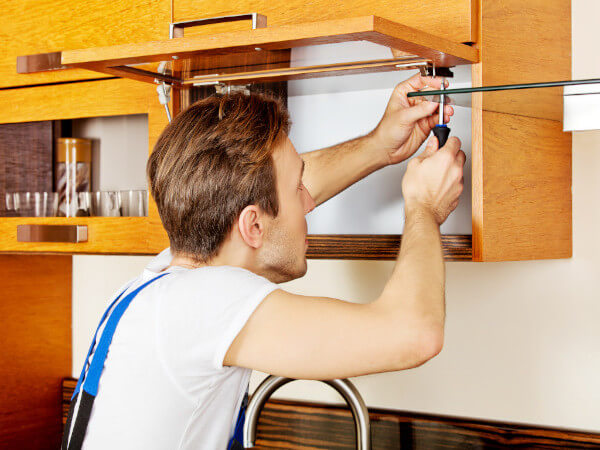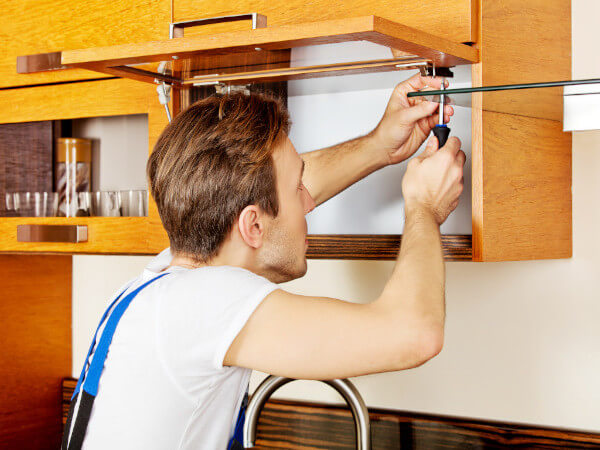Beautiful finishes, exquisite detailing and exceptional functionality are all integral to the design of luxury products. The high standards for these products are not only constantly met but exceeded by the companies that produce them.
Choosing the best products introduced into the luxury market is no easy task, but the Decorative Plumbing & Hardware Association assigned a team of industry experts to do just that for its 2021 Product of the Year Awards. The program recognizes uniqueness, design, functionality, innovation and technological superiority and taps the winners in a range of categories. This year’s independent panel of judges included: Mary Jo Peterson, principal, Mary Jo Peterson Design in Brookfield, CT; Eliot Sefrin, founding director and publisher emeritus of Kitchen & Bath Design News; Alissa Ponchione, executive editor at Hospitality Design magazine; Molly Switzer, creator, Molly N. Switzer Designs in Portland, OR, and Alena Capra, owner, Alena Capra Designs in Fort Lauderdale, FL.
Award winners were presented in seven separate categories: Plumbing Fixture, Water Delivery, Furniture, Accessory, Door Hardware, Cabinet Hardware and Technology. The Products of the Year were announced at DPHA’s annual conference and product showcase held this past fall.

Water Delivery
Winner
Brizo: Frank Lloyd Wright Single-Function Raincan Showerhead
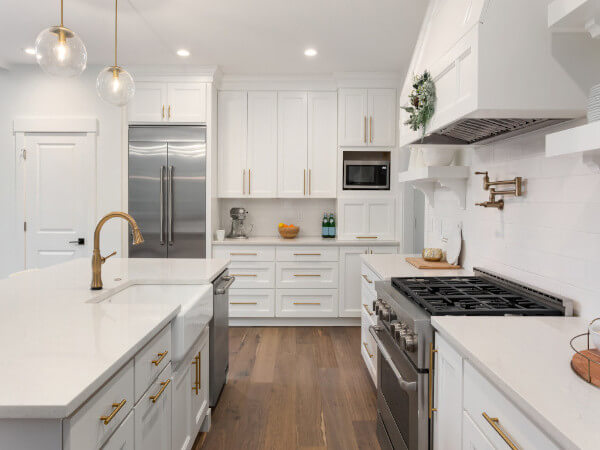
Drawing on the famed architect’s philosophy of organic architecture, Brizo’s Frank Lloyd Wright Single-Function Raincan Showerhead features the distinctive rush of the Canopy Spray, which activates a built-in LED light powered by a hydroge- nator for a dramatic effect. The Spray releases thousands of fine droplets, creating a down- pour that leaves a light tingling sensation. The showerhead can also be surface mounted to the ceiling or pendant mounted on a shower arm. A number of metal finish options highlight the natural beauty of the available wood.
Honorable Mention
California Faucet: Corsano Culinary with Squeeze Handle
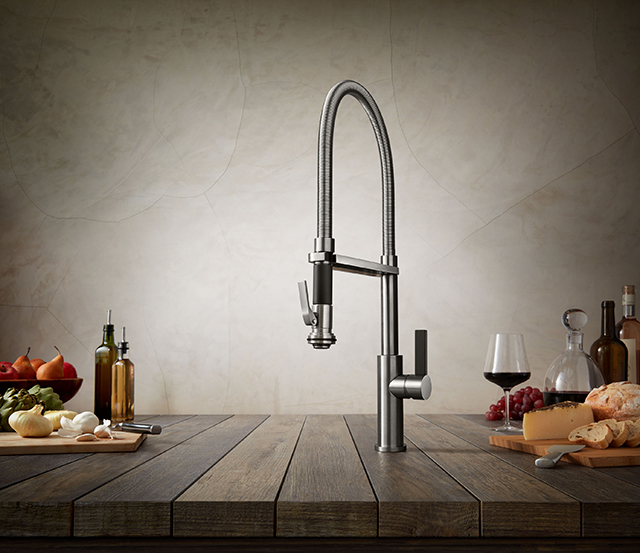
Designed to give cooking enthusiasts a professional look, the Corsano Culinary Faucet with Squeeze Handle includes an easy-to-squeeze lever that activates a powerful spray. Available from California Faucets, the kitchen faucet is offered in 25-plus artisan finishes, plus the ability to finish the coiled spring to match the rest of the faucet. The uniquely engineered insulated sprayhead ensures that it’s never too hot to the touch, even with scalding water. Easy-to-clean spray jets withstand mineral build-up, notes the firm.
ccessory
Winner
Sterlingham: Marble Heated Towel Rail
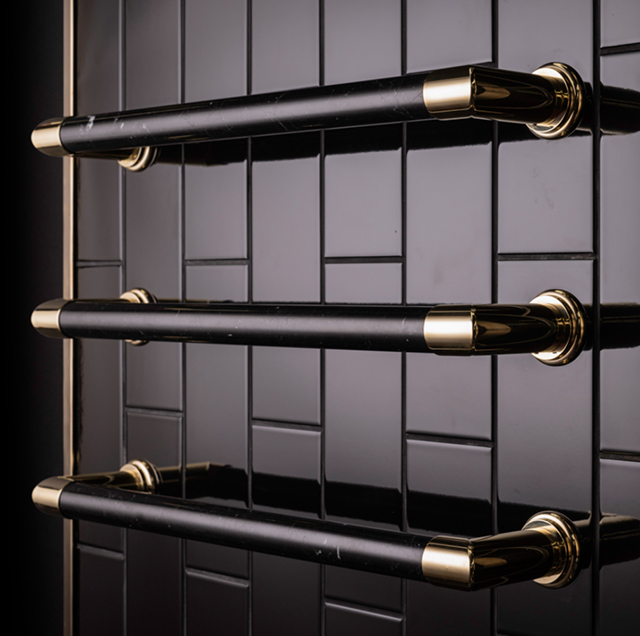
The Sterlingham Co.’s Marble Heated Towel Rail pairs marble with the brand’s signature brassware in a rail designed to gently warm towels. Part of the Cascades Collection, the single rails – which measure nearly 24″ long – may be hung alone or stacked and arranged in nearly any formation. The marble accents are patterned and versatile, and available in five distinctive marbles: Nero Marquina, Bardiglio Nuvolato, Bianco Carrara Venatino, Calacatta Gold Calo-Bett and Giallo Sienna, along with 16 metal finishes.
Honorable Mention
Infinity Drain: Next Day Custom Linear Program
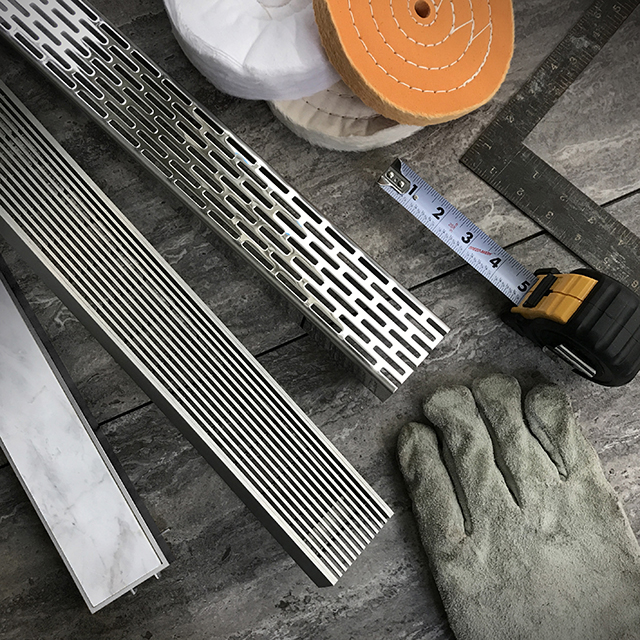
Infinity Drain’s Next Day Custom program eliminates costly and lengthy installation delays by offering custom-sized drains for the shower within a day. Next Day Custom Linear Drains are available in lengths up to 72″ and are offered in two finishes, three grate styles and for all installation waterproofing methods. Custom orders received by 10 a.m. ET ship the following day.
Plumbing Fixture
Winner
MTI Bath: Bowie Freestanding Tub
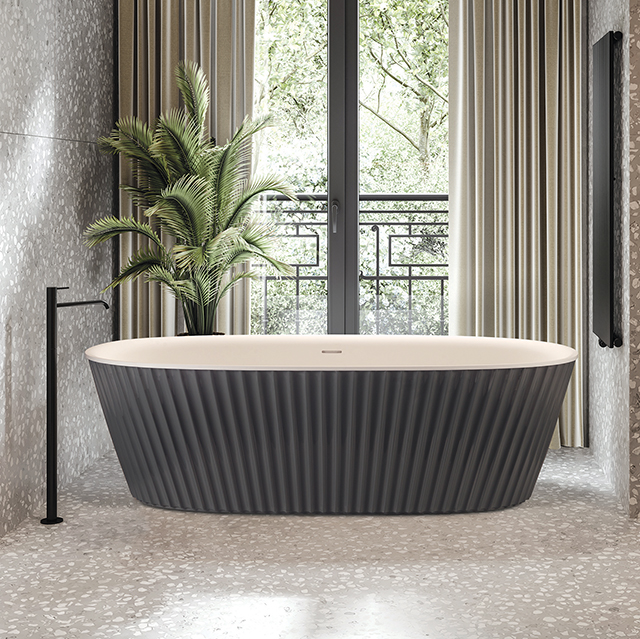
Featuring pleated exterior detailing, MTI Bath’s Bowie Freestanding Tub adds unexpected texture to the bath. Developed in collaboration with the design firm Source, Bowie is handcrafted from MTI’s SculptureStone material, which is primarily an organic mixture of ground natural minerals and resins that presents the look and feel of molded stone. Bowie provides space for two bathers, is offered as a soaker or air bath and is available in white or biscuit with eight different exterior colors in matte or highly polished gloss finishes.
Honorable Mention
Native Trails: Amara Fireclay Sinks
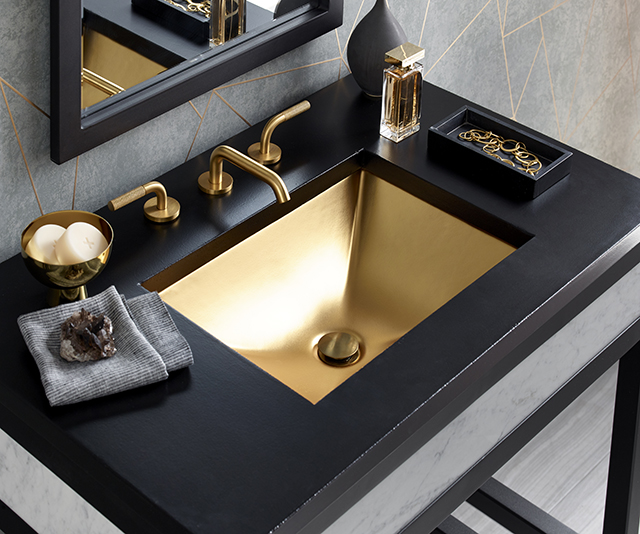
Handcrafted by Italian artisans, Amara fireclay sinks from Native Trails feature a rectangular profile glazed in 24k gold, platinum and silver in honor of the company’s silver anniversary. The sink is created from rich clay soils sourced from the Umbrian region of central Italy that are molded using ancient ceramic techniques dating back to the Bronze age. The sinks can be installed as drop-in or undermount, and deliver a stain-resistant, non-toxic coating that resists tarnishing and fingerprints.
Furniture
Winner
Stone Forest: Elemental Crossbar
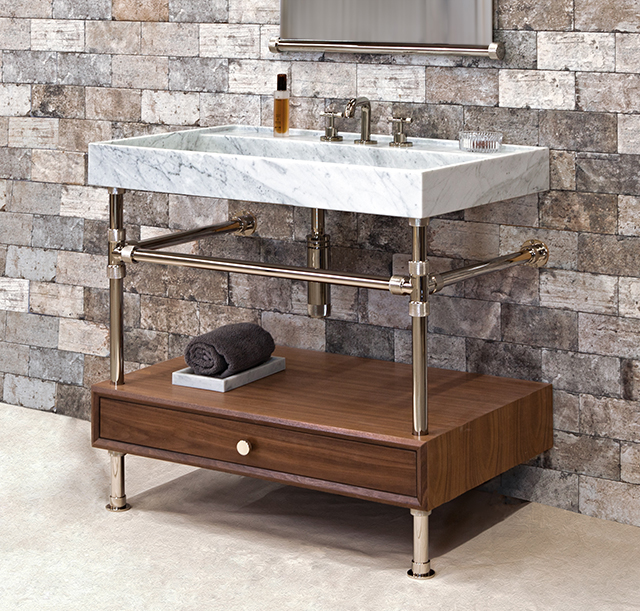
Designed for the bath, Stone Forest’s Elemental Crossbar uses a locking collar system that affords the flexibility to customize each setup to suit individual needs and preferences. The knurled locking collar supports modular components at desired heights on the brass pipe legs for seemingly endless options. Elemental Crossbar allows users to combine integral stone sinks, wood drawers and steel, wood or stone shelving in various combinations. It is available in all finishes, including a new walnut finish option for drawers and shelves.
Honorable Mention
AD Waters/Simas: Agile Vanity
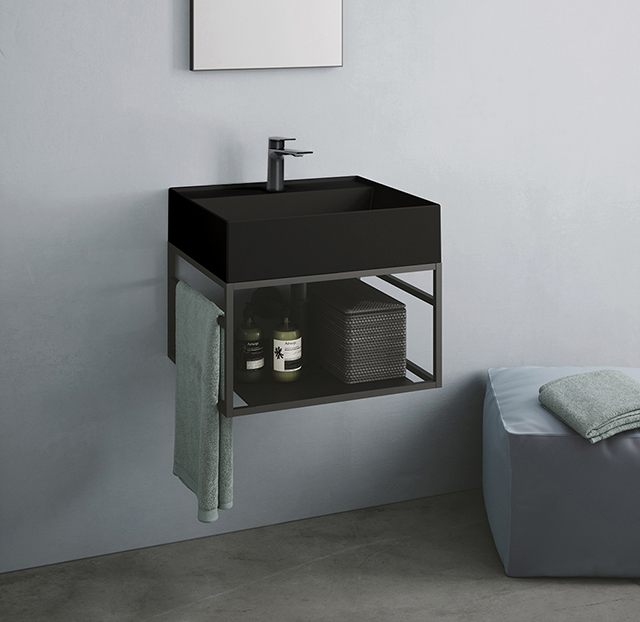
Handcrafted in Italy, the Agile wall-hung console vanity from Simas exhibits clean lines and squared-off edges that evoke both simplicity and purity. Available in the U.S. from AD Waters, the piece includes a washbasin fashioned from Italian porcelain, showcasing craftsmanship and cultural authenticity. Agile is available in eight colors.
Door Hardware
Winner
Accurate Lock & Hardware: SmartEntry, Self-Latching Mortise Lock
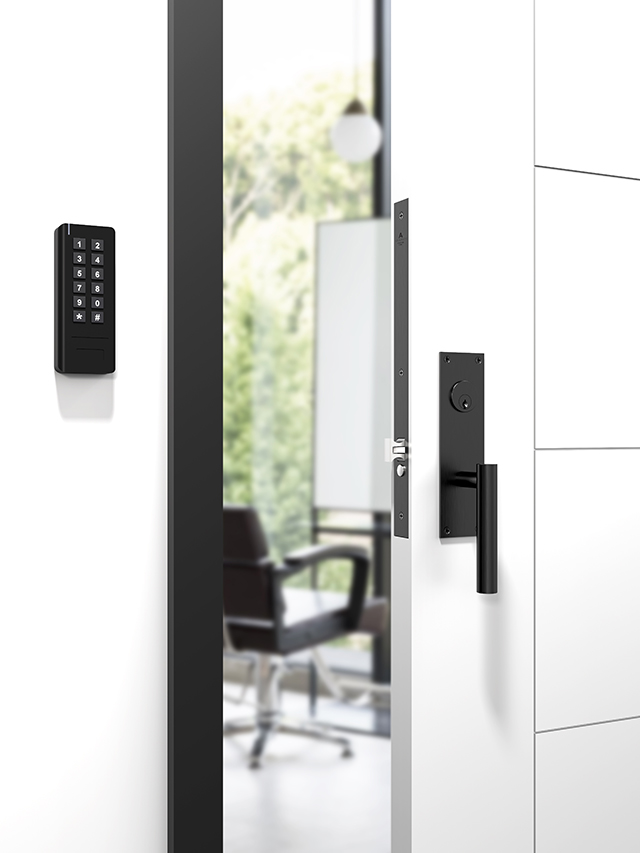
The SL-SM9159E brings the convenience of smartphone locking control to space-saving sliding and pocket doors. The lock, from Accurate Lock & Hardware, combines mechanical expertise with cutting-edge technology. Paired with the SL9100 Self-Latching Mortise Lock, it is available with a variety of trim options including Sectional Trim (lever and rose), ADA Trim (lever and escutcheon) or Flush Pull Trim for Pocket Doors.
Honorable Mention
OMNIA Industries: L.D12943 Smart Lock
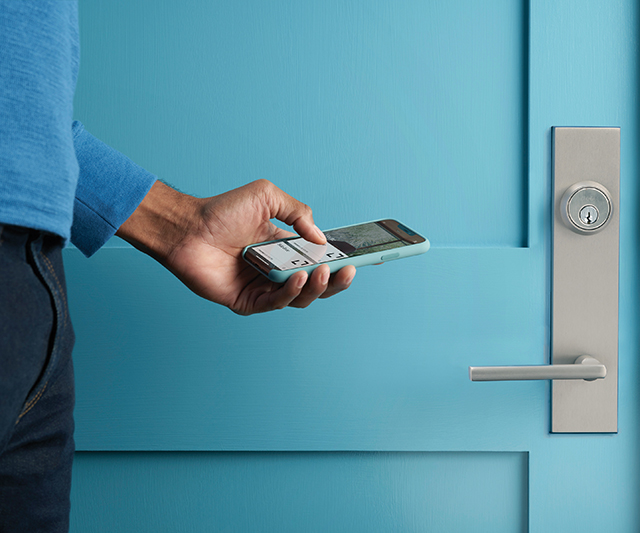
OMNIA Industries has partnered with Level to deliver smart deadbolt locksets, including the L.D12943 Smart Lock. The hardware designs are crafted in the Italian tradition and powered by the Level Bolt invisible smart lock. Level Bolt is powered by one CR2 lithium battery and works with the Level app to provide safe and secure keyless entry. Users can automatically lock and unlock a door, see who’s come and gone, access from anywhere, use with other devices, control with voice, create home automations and more.
Technology
Winner
Airmada: Shower Drying System
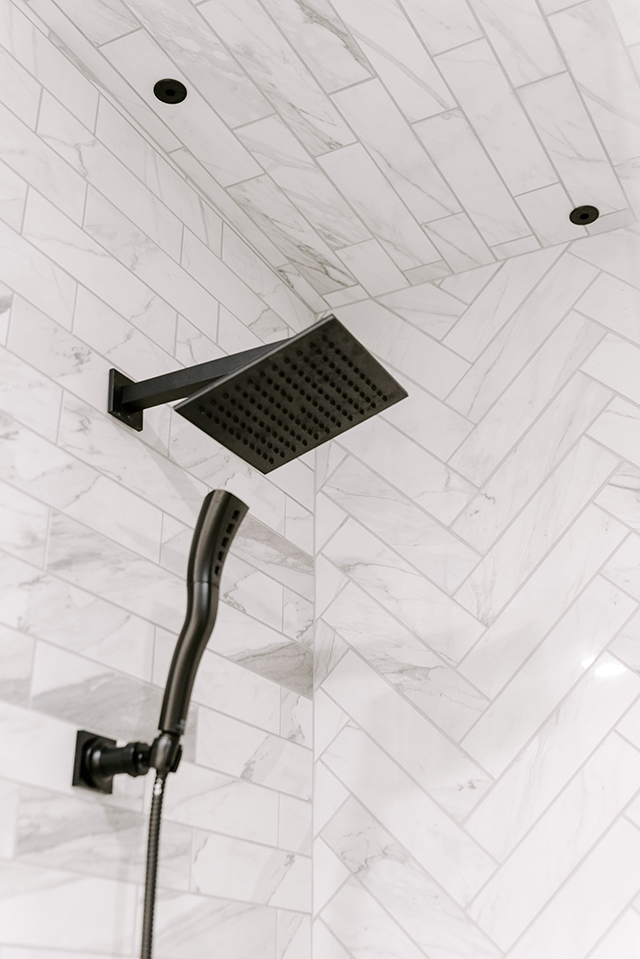
The patented Airmada Shower Drying System prevents mold, mildew, slippery floors and after-shower humidity, reduces watermarks, and the need to use harsh cleaning chemicals, notes the company. With the push of a button, air flows into the space from Air-Jet nozzles installed into the walls and ceiling. Installed at rough in, nozzles are placed throughout the shower space, typically in the ceiling, on the wall above any benches and low on walls to dry across the floor. An array of finishes to match tile, and complement other features, is offered.
Honorable Mention
ThermaSol: HydroVive

ThermaSol’s HydroVive is designed to bring the multi-sensory powers of light, sound and water under the user’s control when paired with ThermaSol’s Smart Shower Valve and ThermaTouch interface. Key features include a ceiling-mounted light, sound and rainhead environment system in one module; a rainhead shower that delivers a gentle falling water sensation with 300 neoprene jets; sound settings that include volume, treble, mid-range and bass; stereo RCA input; 200 full-color spectrum luminous LED, and built-in Bluetooth.
Cabinet Hardware
Winner
Waterstone Faucets: Industrial Appliance Pulls
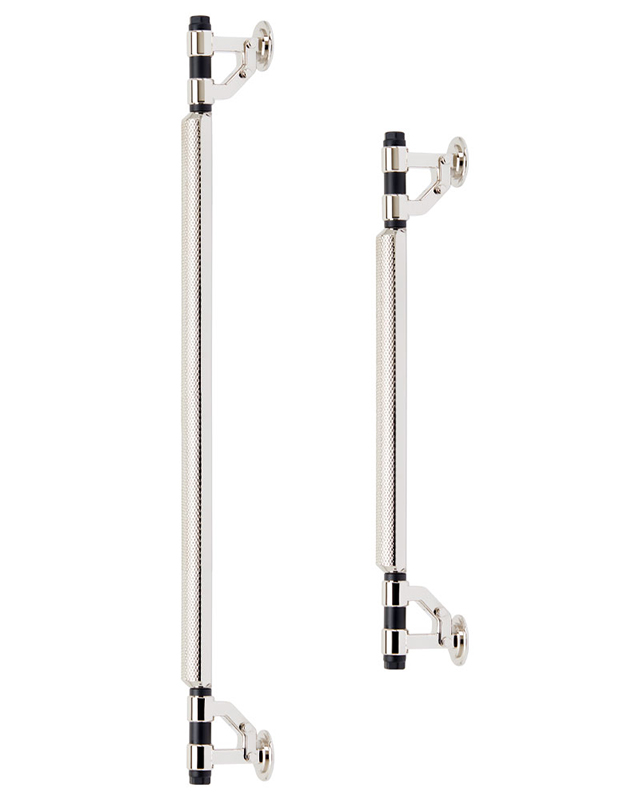
Inspired by the company’s Industrial Contemporary bath collection, the Industrial Appliance Pulls and cabinet hardware from Waterstone Faucets feature diamond knurling detailing. Fashioned from U.S. solid brass bar stock, the hardware features more of an oval shape for a comfortable feel in the hand. There is no knurling on the underside, which adds to the smooth aesthetic. Split finish designs are available.
Honorable Mention
Turnstyle Designs: Hickory
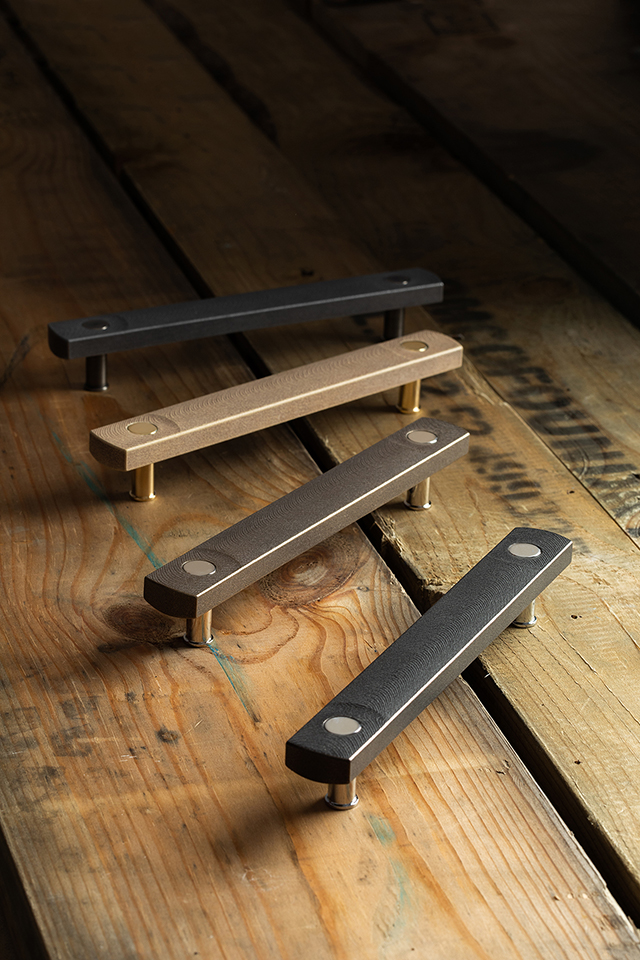
Inspired by North American hunting knives, the Hickory lever, pull handle and cabinet knob are hand-cast in Turnstyle Designs’ Amalfine material, which preserves the fine details of the timber and wood grain design. Available in 48 combinations of Amalfine and solid brass, the pieces are set on a solid brass plate or strip and have a circular button. The circular buttons are a take on a nail, creating a contrast between the smooth brass finish and the textured Amalfine surface.
The post Elegant Essentials appeared first on Kitchen & Bath Design News.
Did you miss our previous article…
https://www.thehouseofbledsoe.com/?p=543

